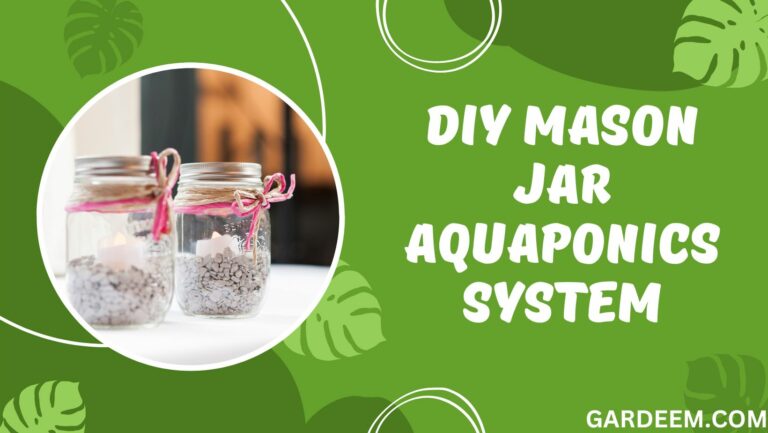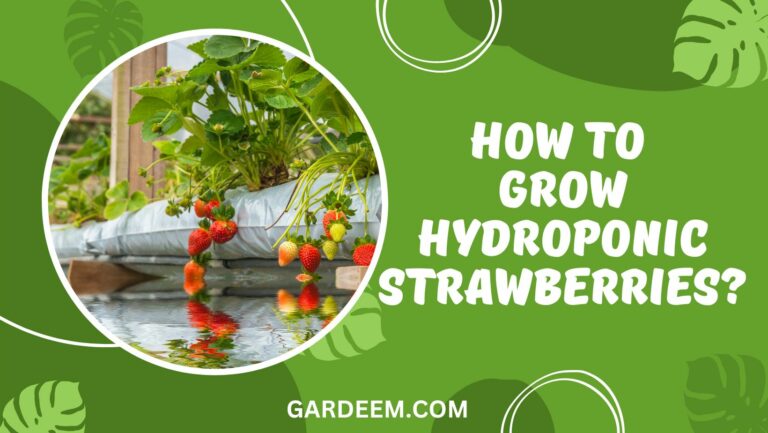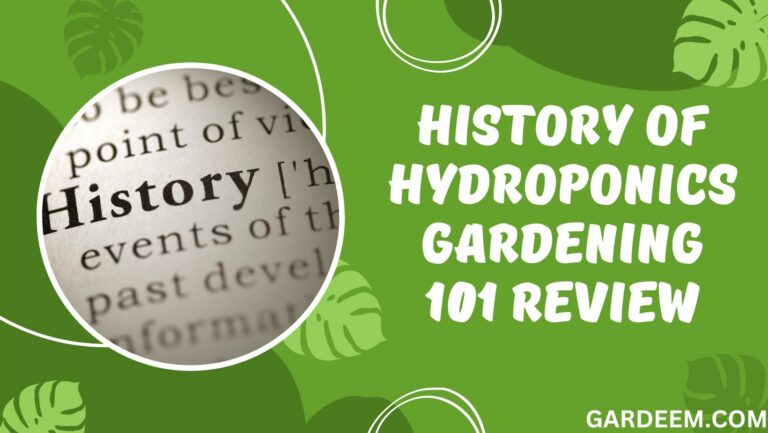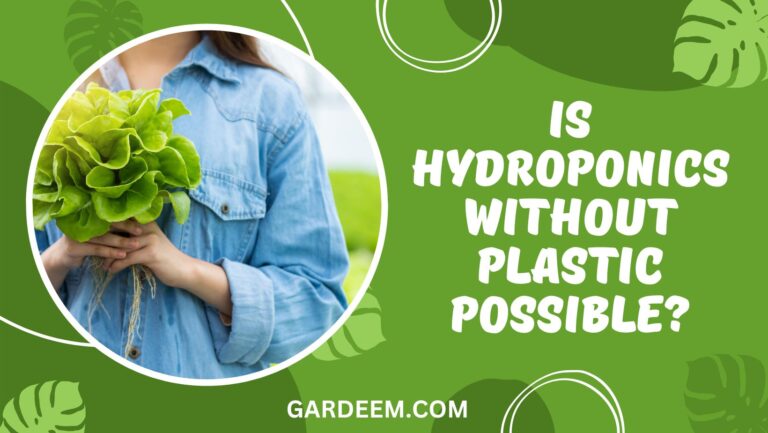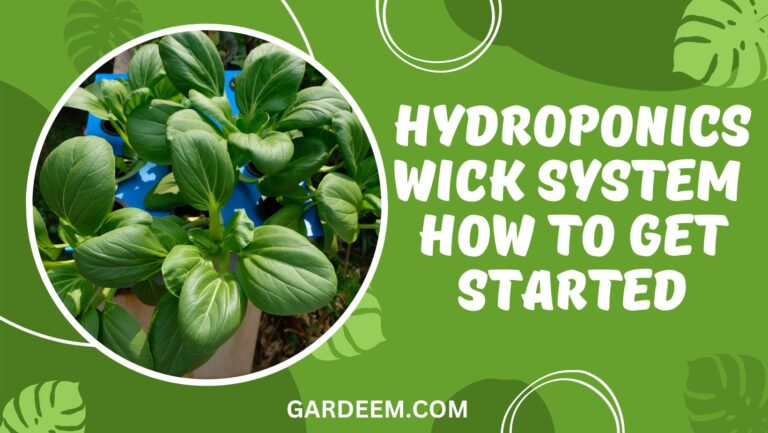
Hydroponics
It involves growing plants in a water solution containing nutrients completely without soil. You place the roots in an inert medium like gravel or perlite for plant support, or else, you may place the plant in a mineral solution. You then feed your plants with liquid organic fertilizers, plus compost tea.
Aquaponics
Aqua from aquaculture means raising fish in a controlled condition, phonics, a Latin name meaning “to work” or growing plants in soil-less media. In short, aquaponics involves having hydroponics and aquaculture (fish, prawns, or snails) under the same system.
It may work like this: as a closed system, the fish will produce wastes, the plants feed on the waste, and finally, the plants purify the water to be used by the next age of the aquatics.
In simple terms, aquaponics puts fish into work, feeding and producing wastes, and the waste is used as plant nutrients.
aquaponics Basics
Just like hydroponics, aquaponics replaces soil with a nutrient-rich solution to help your plants grow; however, unlike hydroponics, where you add nutrient mixes to the solution, in an aquaponics system, you use aquaculture (raising fish) to provide nutrients for the plants.
In aquaponics, the waste produced by the fish is broken down by microbes in the water, and this is how nutrients are generated for the plants.
Essentially, aquaponics takes all that’s good from hydroponics and builds on it.
Going From Hydroponics to Aquaponics
For multiple benefits, you can simply shift from hydroponics to aquaponics evangelist in three ways:
Method 1: Entire System Switch-Over
The basic steps:
- First, drain your entire system, then replace all the water.
- Plant seedlings and hang your system towers.
- Cycle for 6 weeks.
- Add your fish.
The drawback with this system shift method is that it has to be regular. You will have to replace all the water after every shift. It will not only be tiresome but affects your production.
The production is significantly reduced during your construction and cycling period. You should therefore invest in better ways of shifting your system as you will see as you read.
Method 2: Temporal Dual Systems
The step entails:
- Build some tower of aquaponics system which will typically be inoculated.
- Cycle your aquaponics system (4-6 weeks); it depends on whether it was inoculated.
- Now shift to aquaponics system (from hydroponic towers).
- Deconstruct your hydroponic system.
Here, you will not stop the hydroponic production. Thus, you are only making shifting from the hydroponics system to aquaponics. Also, ensure you maintain the correct ratio of plants to fishes.
If you hate maths as most do? We can then help you balance the system, for if you fail to do so, either the fishes will have a low supply of oxygen or nutrients, causing death to most of them. To save the fish and plants’ life, you, therefore, have to maintain an ecological balance.
Note: plant and fish don’t mix well as the substances used in plants might harm the fish, or even kill them. There is likely to be a space or equipment.
Method 3: Permanent Dual System
Unlike in the dual temporal system, the last step differs as seen below:
- Build some tower of the aquatic system on sides; it will depend on whether it was inoculated.
- Cycle your aquaponics system (4-6 weeks; it depends on whether it was inoculated.
- Shift your components from hydroponic towers to aquaponics systems.
- Use a hydroponics system as your management system.
You will have to keep both systems and let them grow specifically on the aquaponics system to help you keep your species from dying. On the other hand, use a hydroponic system as your “treatment system, of which you will need to maintain space in every system to serve crops that require treatment. You will retain your production levels despite having unused space.
For a successful shift in either of the above methods, you have to consider some factors like:
Hydroponics is on the rise, with more and more people taking an interest in this new method of growing plants.
There’s also been a boom in the number of people starting to go one step further and take up aquaponics.
In this post, we look at which is better, hydroponics or aquaponics and put forward arguments for both before casting our vote on which we believe is best.
What is hydroponics?
Hydroponics is a type of gardening that grows plants in a soil-less environment. Rather than seeking nutrients from the soil, within a hydroponics system, plants receive nutrients from those added to water.
If you’ve read our history of hydroponics you’ll know that while it certainly sounds like a modern invention, hydroponics has been around for centuries!
While it might seem like an odd concept to do away with soil, plants grow significantly more extensively and quicker using this method.
The reason? Within a hydroponic system, you provide optimal levels of nutrients, light, water and space.
Looking to start your first hydroponic garden?
We cut out all the confusion of hydroponics in this easy-to-read illustrated ebook. It’ll help you save $100 right away getting set up!
Differences Between The Two System
While the differences between the two might seem obvious (one uses fish, one doesn’t), there are a few other key differences that’s it’s worth understanding before rushing to set something up.
System Differences
The first difference is in how the grow beds are set up. Within a hydroponic system you only need to set your grow beds to be six inches deep as the roots are able to spread out.
In an aquaponics system, you need to set the grow beds to be around 12 inches deep as you need to allow for fish to swim.
The next big difference is that while hydroponics is essentially a sterile system, aquaponics actually needs the grow media to help the roots build an environment for microorganisms.
Costs
While 90% of the costs are the same, the most significant difference when it comes to cost is the amount you need to spend on fish initially.
That said, once you’ve got an aquaponics system up and running, you need to spend very little on additional nutrient solutions; however, in a hydroponic system, you need to constantly provide your plants with nutrients which do come at a cost.
Speed of Set Up
While the initial construction takes similar times, it’s in the nutrient solution cycle where the speed difference lies. Hydroponics typically only takes a few days before a system is ready for seeds and plants.
Aquaponics, on the other hand, can take up to a month before enough nitrifying bacteria have been established within the system to allow plants and seeds to develop.
Running Costs
Again, there are similarities in running costs. However, aquaponics does require more oxygen to be in the system, so running costs are slightly higher for aquaponics.
Which is better, hydroponics or aquaponics?
So now, to answer the big question, which is better, hydroponics or aquaponics?
While both have significant advantages over traditional soil-based farming, there’s a school of thought that hydroponics has a slight edge over aquaponics due to aquaponics being more self-sustaining than hydroponics.
Aquaponics also has the benefit of needing less maintenance. Aquaponic systems don’t experience the build-up of salts that hydroponics systems sometimes experience which results in the solution needing to be replaced.
That said, there are significantly more commercial hydroponics farms than aquaponics farms, and for me, hydroponics still has the edge as I can measure and manage all the things that my plants and crops need to grow in an optimal way. I’ve previously outlined some of the biggest benefits of hydroponics in my ‘reasons why hydroponics is important’ post.
The Bottom Line
So there you have it, hopefully, you now have a much clearer answer to the question of which is better, hydroponics or aquaponics and while there isn’t a clear winner, both systems have their own pros and cons.
Summary
Please do thorough research first, but to avoid pressure and disappointments, let’s help you do it confidently and see your dreams come true. It will save you not only time but also money and energy. From the nutrients you use to avoid killing the fish to chemical compounds used on the plants, all need advice from experts, and that’s us in action.

Hi, I’m Miles, the lead team member behind Gardeem.com. Besides being a passionate grower and writer, I’m a husband, father and grandfather to three! I started Gardeem in 2017 to provide simple and reliable gardening advice to everyone, regardless of their ability levels.

